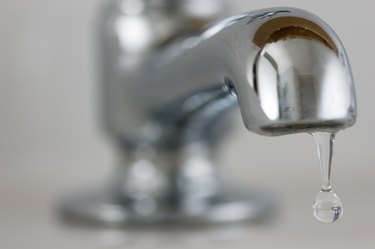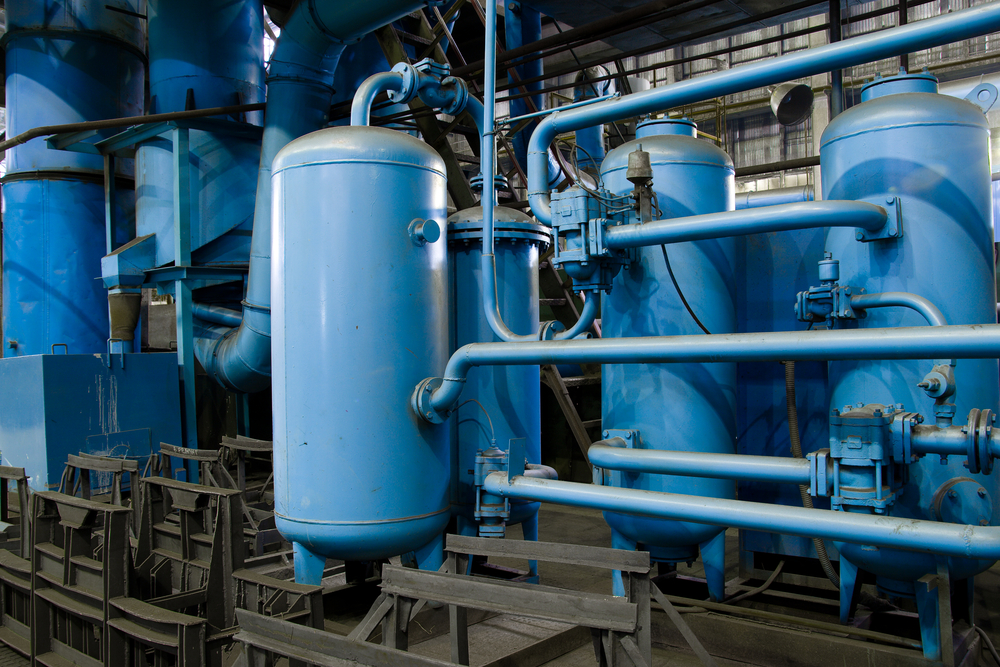The Complete Guide to Fixing Low Water Pressure in Your Home
The Complete Guide to Fixing Low Water Pressure in Your Home
Blog Article
This great article following next on the subject of 9 Reasons for Low Water Pressure in Your House is especially compelling. Give it a try and draw your own personal assumptions.

Low water stress in your home can be an aggravating problem, affecting everything from bathing to cleaning meals. If you're experiencing weak water flow, there are a number of possible causes and remedies to discover. In this guide, we'll discuss usual factors for low water pressure and useful actions to resolve the problem efficiently.
Introduction to Low Tide Pressure
Low water stress happens when the flow of water from your taps, showers, and other fixtures is weak than typical. This can make day-to-day jobs a lot more challenging and much less effective. Understanding the sources of low water stress is vital to locating the best remedy.
Typical Causes of Low Tide Pressure
Faulty Stress Regulators
Stress regulators are in charge of preserving regular water pressure in your house. If they malfunction, it can result in low tide stress or irregular circulation throughout the house.
Metropolitan Supply Of Water Issues
Occasionally, the trouble lies outside your home. Local water problems, such as main line leakages or maintenance work, can briefly reduce water stress in your area.
Pipe Obstructions
In time, pipes can come to be clogged with natural resource, sediment, or particles, limiting the circulation of water. This is an usual concern in older homes with galvanized steel pipelines.
Rust
Rust within pipelines can bring about leakages and minimized water stress. Rust buildup can tighten water circulation, specifically in aging plumbing systems.
How to Detect Low Tide Pressure
Examining Pipes
Inspect noticeable pipes for signs of leaks, corrosion, or obstructions. Take notice of any kind of uncommon noises, such as knocking or rattling pipelines, which can show problems within the plumbing system.
Consulting with a Plumber
If you're not able to pinpoint the root cause of low water pressure, take into consideration employing a professional plumber to perform a thorough examination. They can determine underlying issues and recommend ideal options.
Checking Taps and Fixtures
Beginning by checking the water pressure at various faucets and fixtures throughout your home. If the problem is isolated to certain areas, it might indicate local problems.
Do It Yourself Solutions to Take Care Of Low Water Pressure
Flushing Hot Water Heater
Sediment build-up in the water heater can limit flow and minimize efficiency. Purging the storage tank occasionally helps get rid of sediment and preserve optimum efficiency.
Inspecting Stress Regulator
Make sure that the stress regulator is working correctly. Changing or changing the regulatory authority can help bring back correct water stress throughout your home.
Cleansing Aerators and Showerheads
Mineral deposits can accumulate in aerators and showerheads, lowering water flow. Remove and cleanse these elements routinely to boost water pressure.
Clearing Up Clogs in Water Lines
For small clogs, attempt using a plumbing snake or chemical drainpipe cleaner to clear obstructions in pipelines. Be cautious when utilizing chemicals and adhere to safety and security guidelines.
When to Call a Specialist Plumber
If DIY initiatives fall short to fix the concern or if you think substantial plumbing troubles, it's best to seek aid from a certified plumber. They have the expertise and tools to attend to intricate issues securely and effectively.
Preventive Measures to Keep Water Stress
Installing a Pressure Booster
Think about mounting a stress booster pump to boost water stress in areas with regularly low circulation. This can be specifically advantageous for multi-story homes or buildings with high-demand components.
Monitoring Water Usage
Be mindful of water usage habits and prevent overtaxing the plumbing system. Basic adjustments, such as astonishing showers and washing loads, can help maintain adequate water pressure.
Regular Upkeep
Schedule regular maintenance for your plumbing system to avoid problems such as rust, leaks, and clogs. Dealing with minor problems early can aid stay clear of even more considerable repair services in the future.
Final thought
Taking care of low water pressure can be aggravating, yet recognizing the underlying reasons and carrying out suitable services can bring back ideal circulation throughout your home. Whether it's cleansing aerators, evaluating pipelines, or talking to a plumber, taking proactive steps can make certain a consistent supply of water for your everyday needs.
FOUR WAYS TO FIX LOW WATER PRESSURE NOW
Turning on a shower or faucet only to find the water comes out in a sad, slow drizzle is never a good feeling. How exactly are you supposed to wash a pan or take a quick shower when it takes 10 minutes just to rinse off a little soap? The good news is that when your water pressure is bad, there's always a cause: typically one that can be easily fixed. Here are some of the most common causes of low pressure and what you can do to fix the issue:
DEBRIS AND MINERAL DEPOSIT BUILDUPS
If you notice low water pressure from just one or two of the fixtures in your house, the problem likely has to do with debris buildup. Water is full of minerals and other debris, all of which can accumulate in your pipes and on your fixtures. This can cause a blockage that affects how much water flows through. To fix this, try filling a small plastic bag with white vinegar, and use a rubber band to hang it around your showerhead or faucet. Let the head of the fixture soak for a few hours, and the vinegar should loosen the deposits.
WATER LEAKS
Leaks are another common cause of low water pressure. If water is flowing out of your plumbing through a hole or crack before it can reach your fixture, the pressure coming out of the faucet or showerhead will be lower. A plumbing professional is your best bet for finding and repairing a leak in your water supply pipes.
Leaks are another common cause of low water pressure. If water is flowing out of your plumbing through a hole or crack before it can reach your fixture, the pressure coming out of the faucet or showerhead will be lower. A plumbing professional is your best bet for finding and repairing a leak in your water supply pipes.
A VALVE ISSUE
If you have low water pressure throughout your home, check your main shut-off valve to make sure it's completely open. You may also want to see if there's a pressure-reducing valve installed. If there is, have a plumber help you adjust the settings to get the pressure you're looking for.
OTHERS USING WATER
Believe it or not, your low water pressure could be caused by your neighbors. If you notice low pressure at certain times of day, it may be because you and the people living next to you have similar schedules - when everyone is showering at the same time, the pressure will be lower in every home. Low pressure throughout the neighborhood may also be caused by an issue with your municipal water supply. If that's the case, call the supplier to see if they're working on the issue.
https://www.rotorooter.com/blog/water-leaking/low-water-pressure-fixes/

We are very involved in Dealing with Low Water Pressure in Your Home and I am hoping you appreciated the blog posting. Are you aware of somebody who is fascinated by 10 Reasons for Low Water Pressure in Your House? Why not promote it. Bless you for being here. Please come by our blog back soon.
Schedule And Pricing Report this page